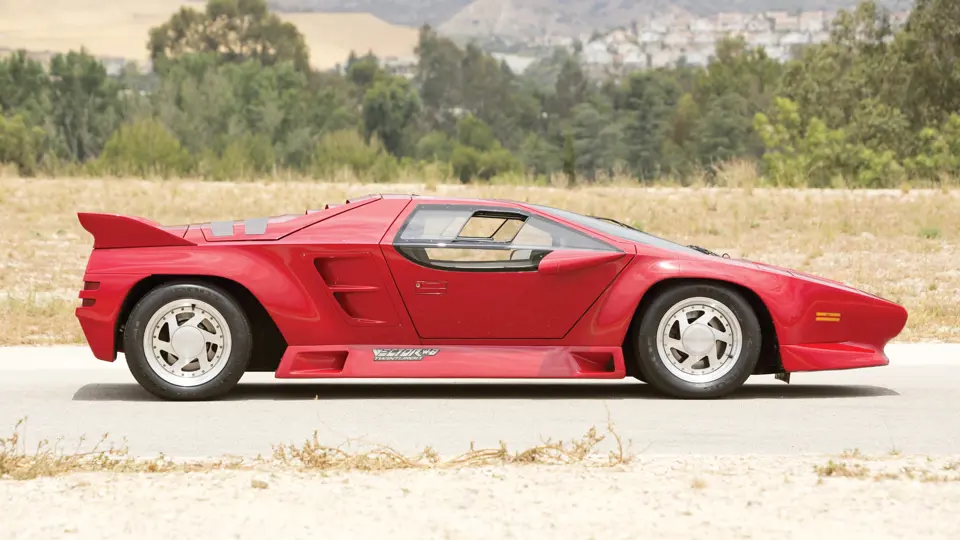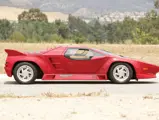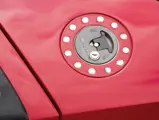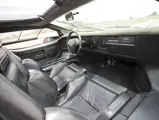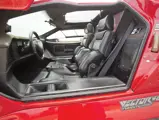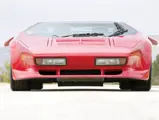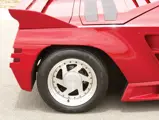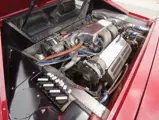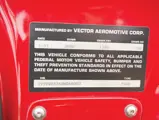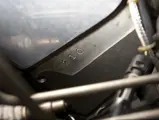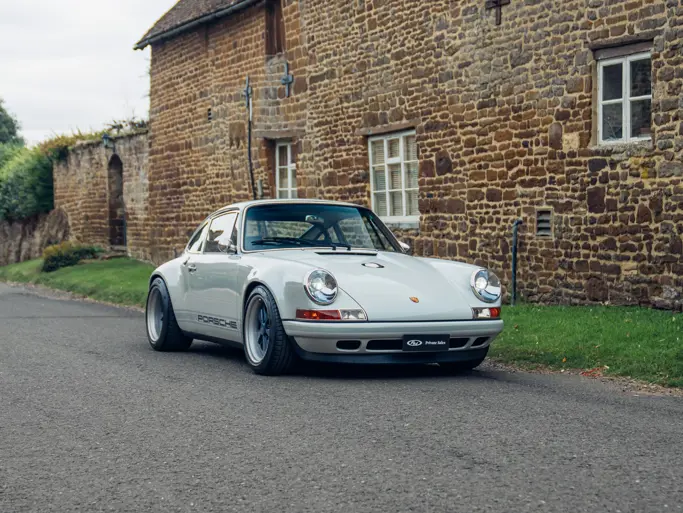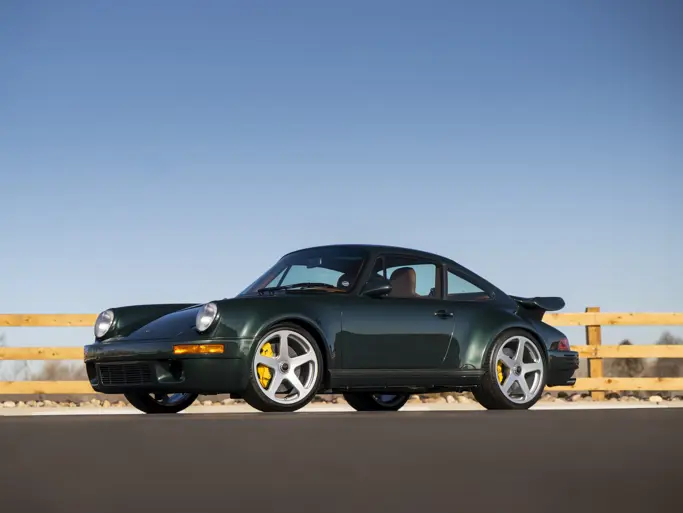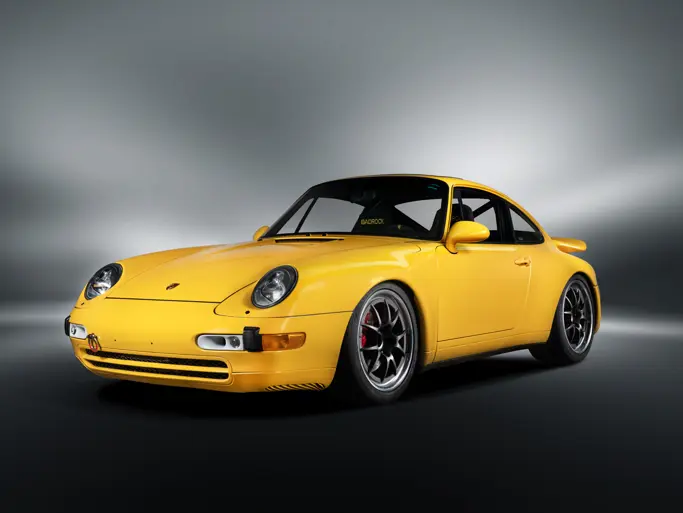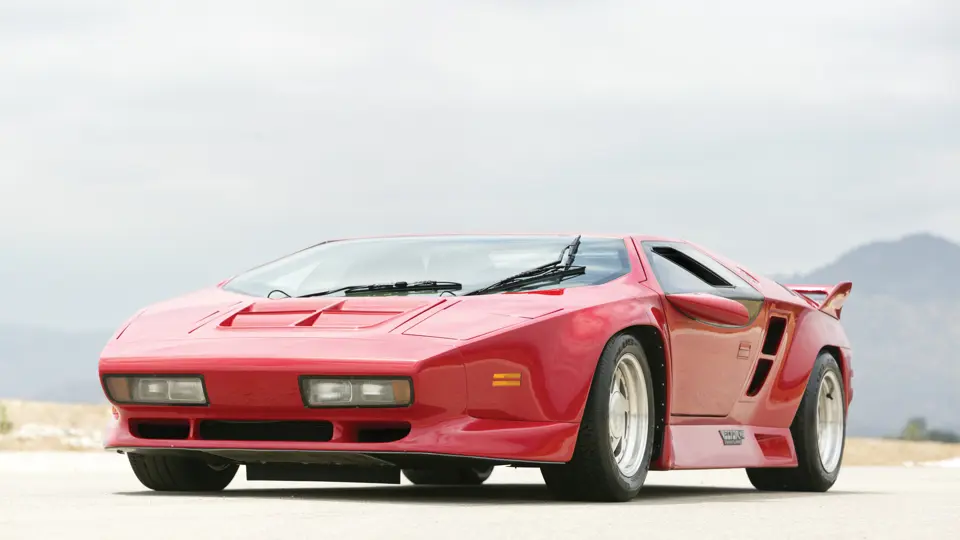
1992 Vector W8 Twin Turbo
{{lr.item.text}}
$275,000 USD | Sold
{{bidding.lot.reserveStatusFormatted}}
- Formerly of the Bob Pond Collection
- One of only 19 built
- Believed to be one of three W8 Twin Turbos finished in red
- Seen in the 1993 blockbuster film Rising Sun
- Featured in Road & Track in March 1991
625 bhp, 5,973 cc mid-mounted Donovan aluminum block-and-head V-8 engine with twin Garrett turbochargers and fuel injection, three-speed automatic gearbox, independent front suspension with double wishbones, coil springs, adjustable tubular shock absorbers, and an anti-roll bar, de Dion rear axle with trailing links, a diagonal link, coil springs, adjustable shock absorbers, and an adjustable anti-roll bar, and four-wheel hydraulically ventilated disc brakes. Wheelbase: 103 in.
The 1990s saw the birth of several audacious supercar manufacturers who attempted to beat Ferrari, Lamborghini, and Porsche at their own game. Among the more compelling companies was Wilmington, California’s Vector, which was established by Gerald Wiegart, an automotive industry veteran with experience at all of the Big Threes in Detroit.
Wiegart initially built a prototype dubbed the W2, which was eventually refined into a full-production model, the W8 Twin Turbo. No corners were cut in the W8’s design, as it would be a supercar constructed using the most advanced technologies and cutting-edge materials. Aerospace-grade components were used to build the 6.0-liter V-8, and the body incorporated carbon fiber, Kevlar, and fiberglass for structural rigidity.
With the exception of the Bugatti Veyron and Ferrari Enzo, no supercar has ever created the same sense of awe as the W8 did upon its introduction. Performance was, for the horsepower-starved time, simply incredible. A W8 could run the quarter-mile in 12 seconds at 124 mph, which was over two seconds faster than the Ferrari Testarossa, and it could sprint to 60 mph in 4.2 seconds. These figures are still highly respectable today.
Road & Track featured a Vector on the cover of their March 1991 issue, and in their highly laudatory review, they claimed that “it feels smaller, more nimble than its great width and rather imposing styling would suggest. The suspension soaks up little bumps with ease, larger ones with composure…checking the display screens showed all temperatures and pressures to be normal.”
Financial problems eventually led Vector to flounder and close its doors after the building of only two W8 prototypes and an additional 17 customer cars. Nevertheless, Wiegart had achieved his goal of shocking the automobile industry with a car that packed previously unseen performance and styling and was built in America. He put the established supercar manufacturers on notice and paved the way for future automobiles to come, like the Saleen S7 and the Ford GT.
According to the car’s data plate, the Vector W8 offered here was the third production model built and was the car photographed in the March 1991 Road & Track feature. It was originally constructed in 1991 and was delivered new to an executive at Toys “R” Us, who returned it to the factory after just a few months. At that time, it was converted by the factory to 1992 specifications and featured a new front splitter and different vents. It was also re-tagged by the factory as a 1992 model built in April of that year. Reportedly, chassis number 003 was one of only three W8s painted red, including the factory prototype. It is also the car that appeared on the silver screen in the 1993 blockbuster Rising Sun, in which Wesley Snipes memorably chases it at high speeds down Los Angeles freeways.
The W8 is believed to have been purchased by Bob Pond in 1994, and it now yearns to return to the open road and stretch its legs after 20 years of residing in his collection. As the car has seen minimal mileage since acquisition, a thorough inspection and service is advised prior to extended use. Both its radical exterior and jet-like interior show only minor signs of wear.
With only a handful of cars produced, Vectors are seldom offered for sale, particularly with the low mileage and Hollywood history claimed by this example. For anyone who grew up in the 1980s, this may well be the best opportunity to realize a teenage dream.


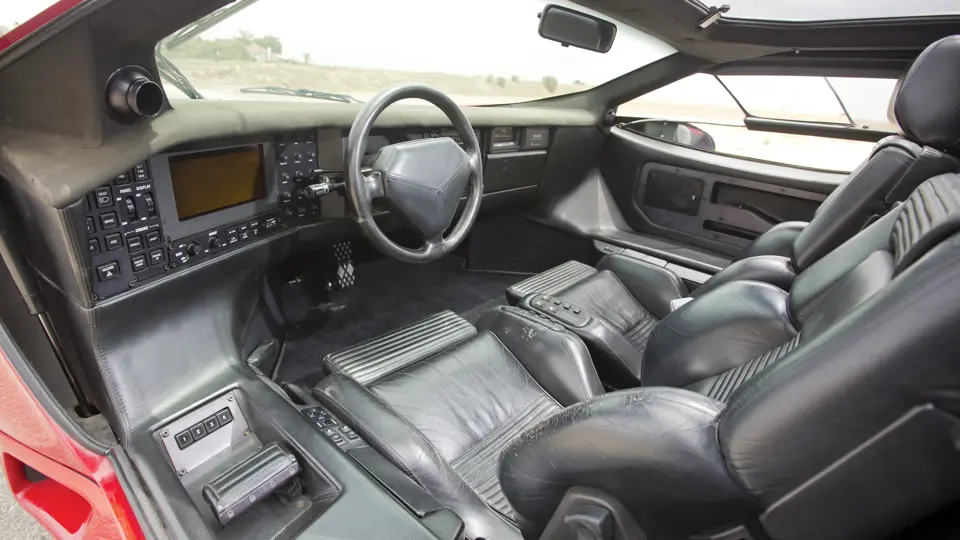

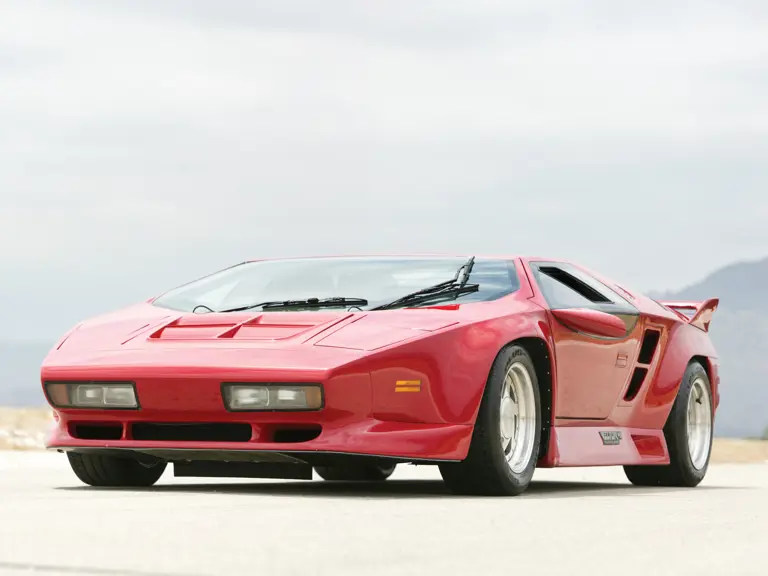
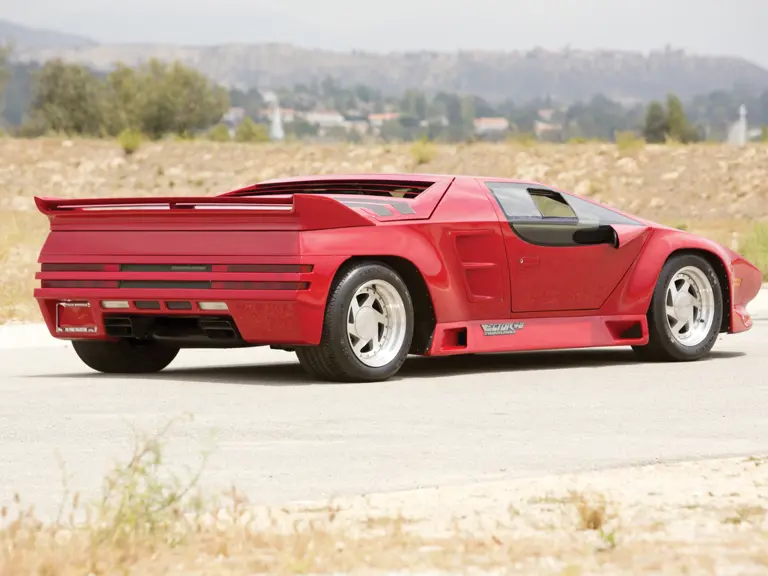
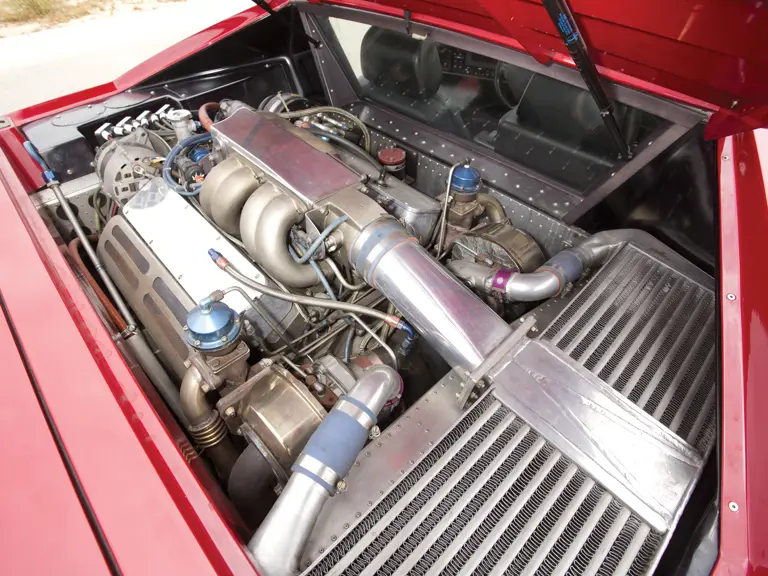
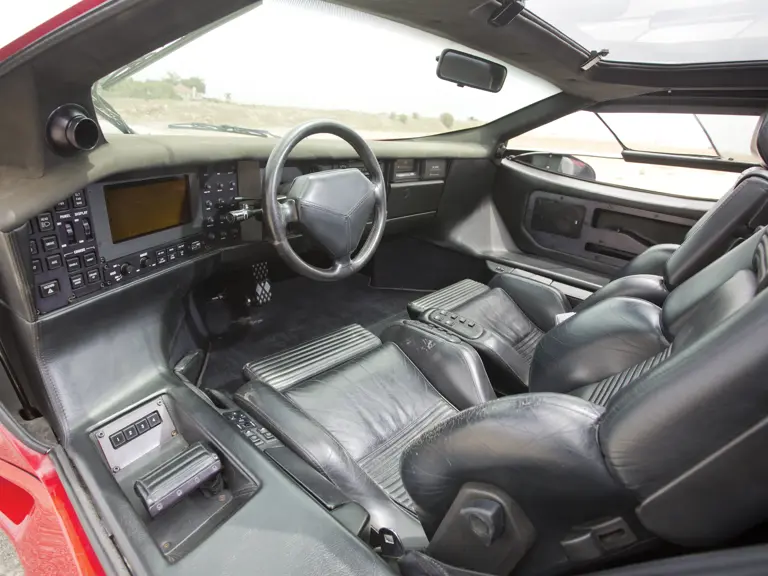
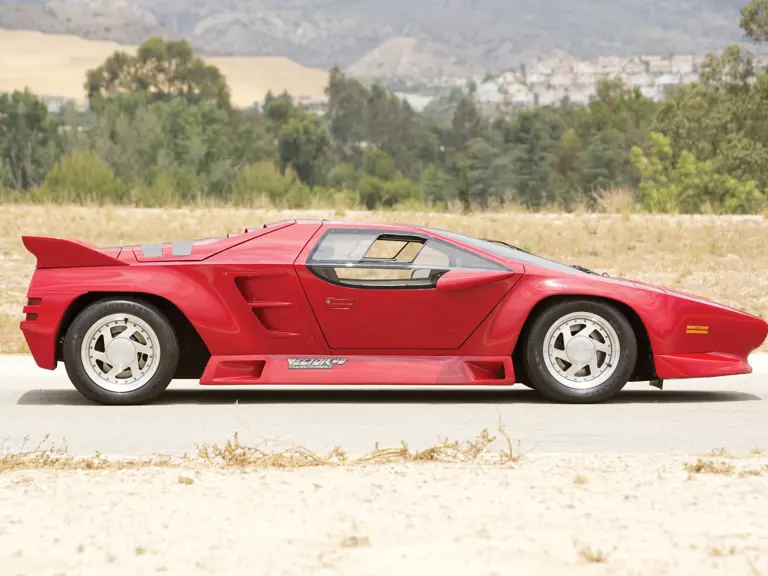

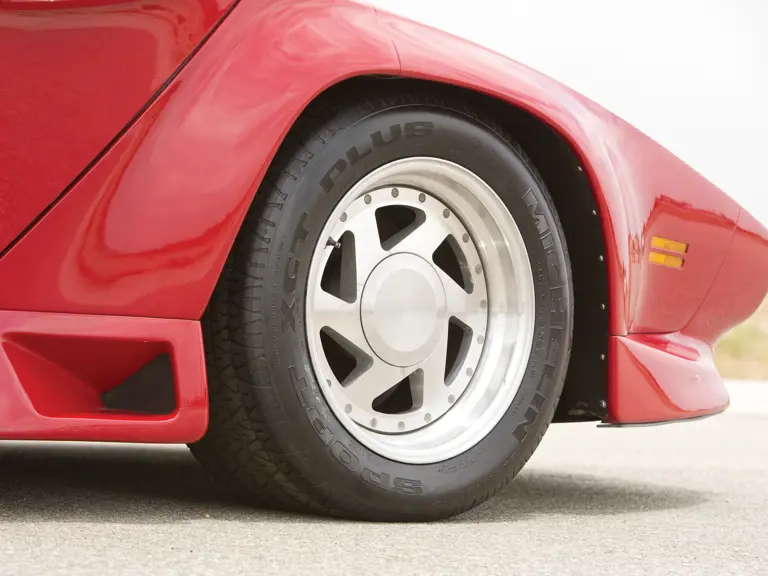
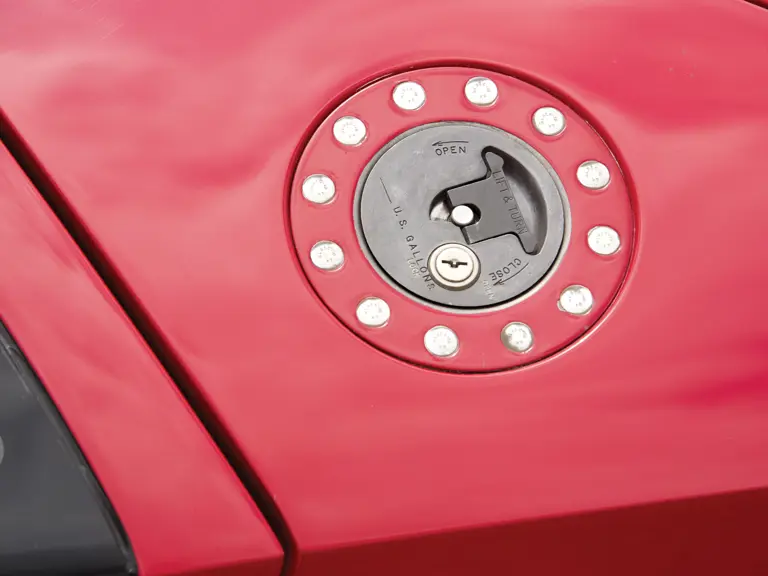

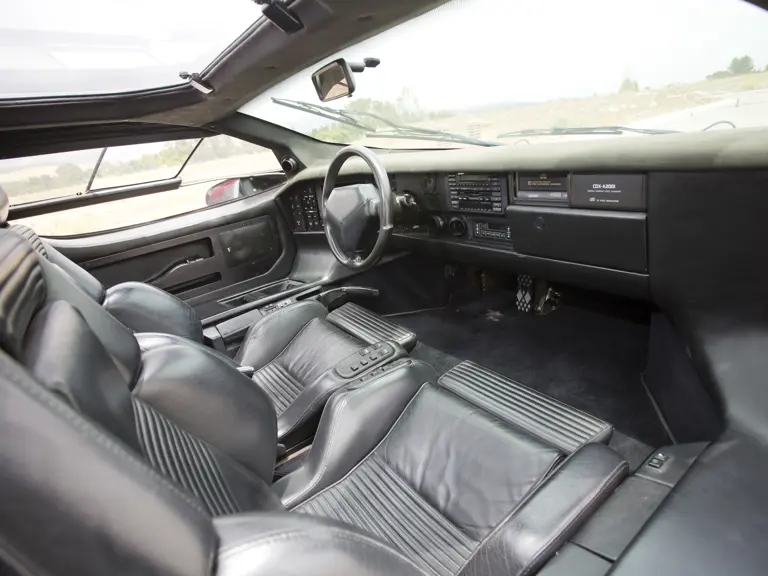
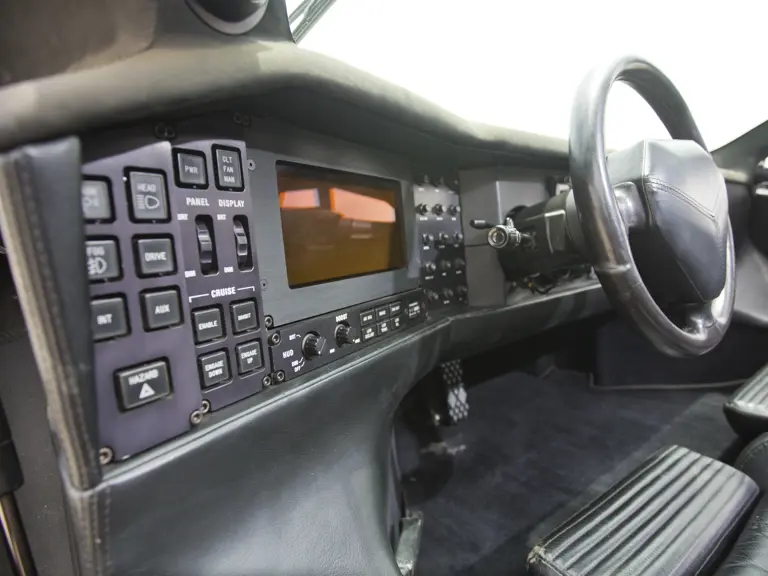
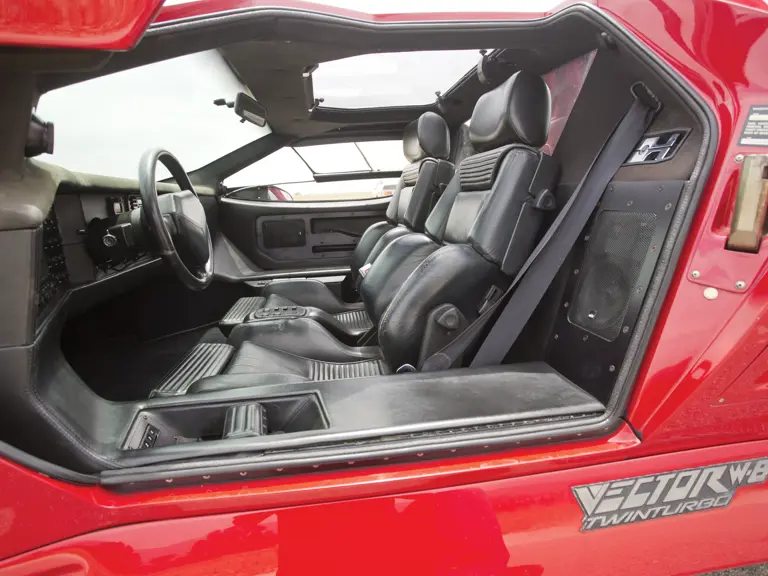
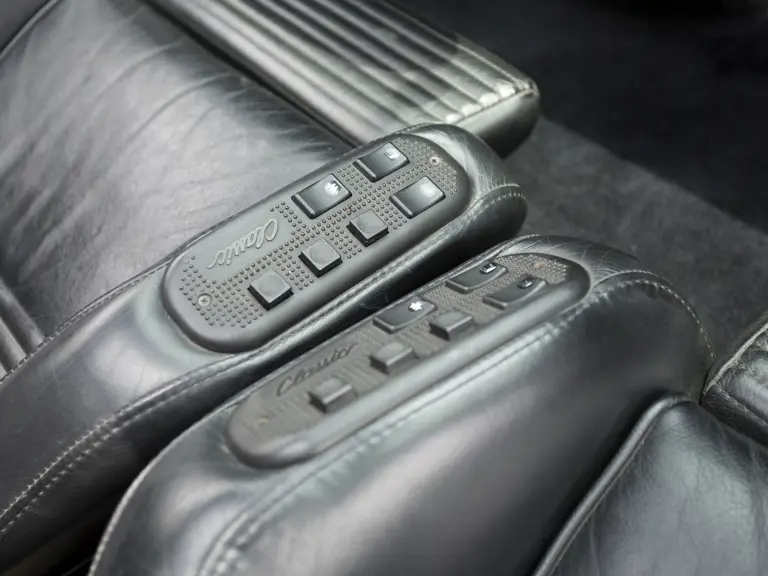
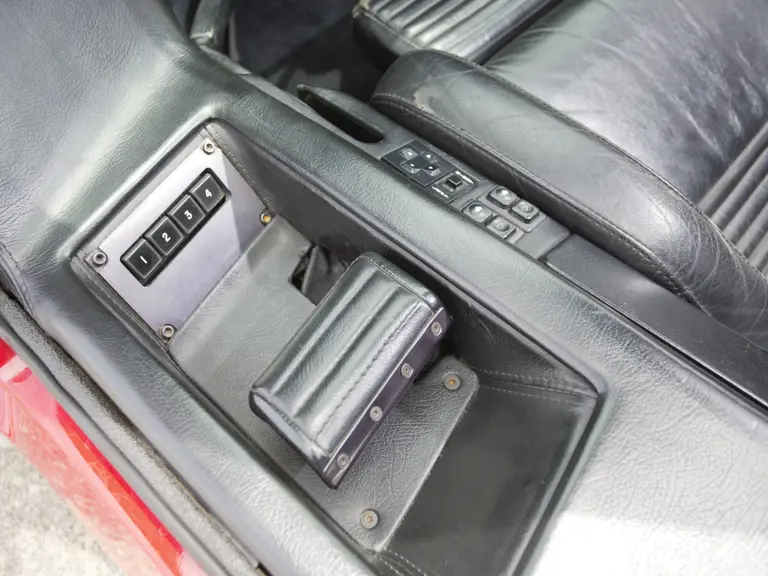

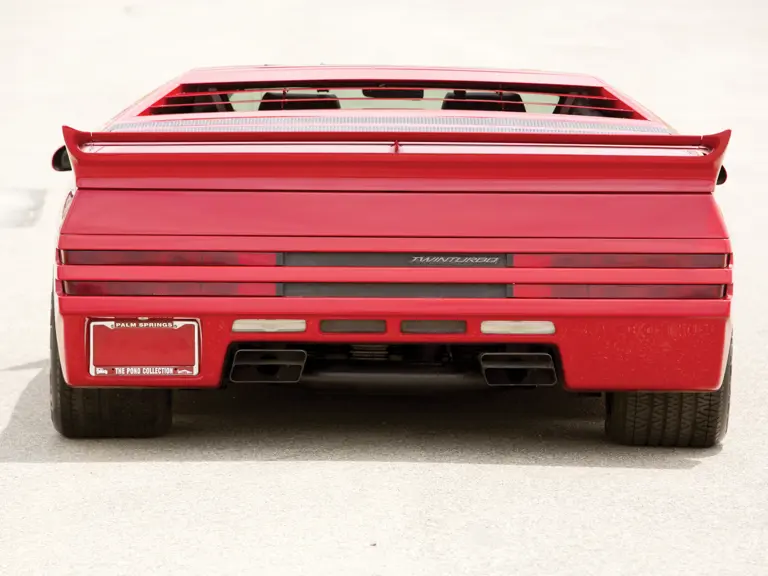

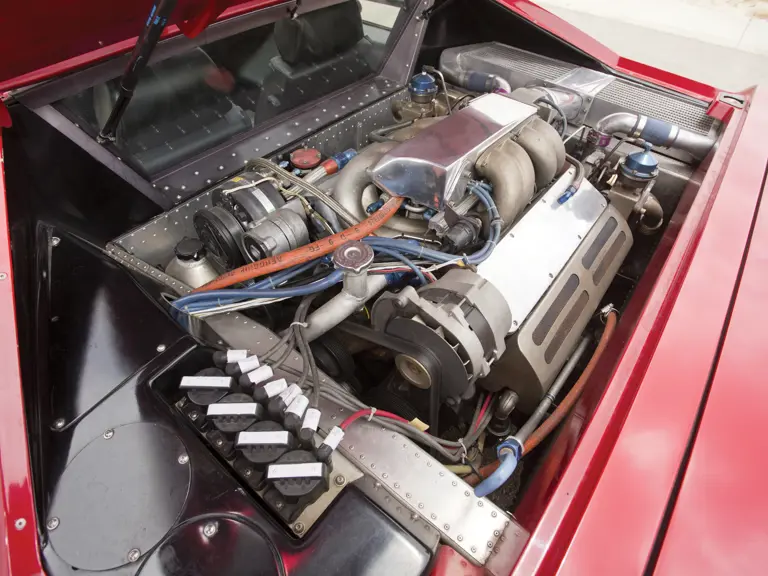
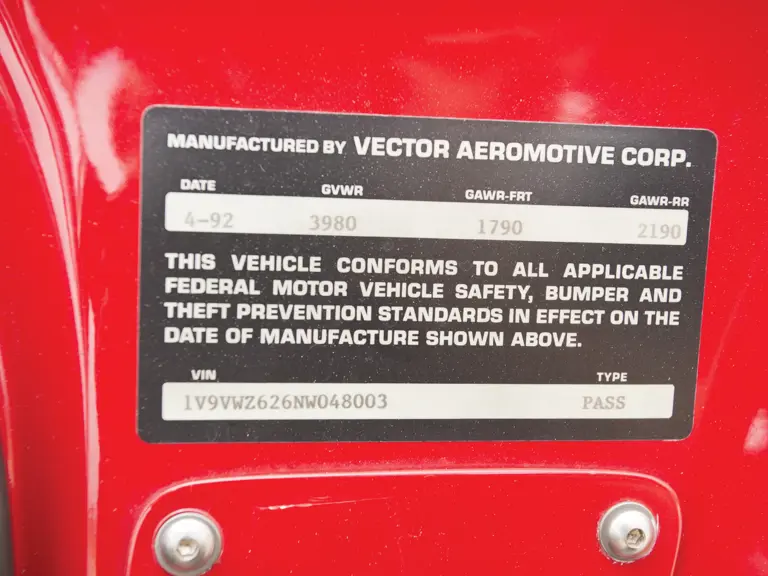

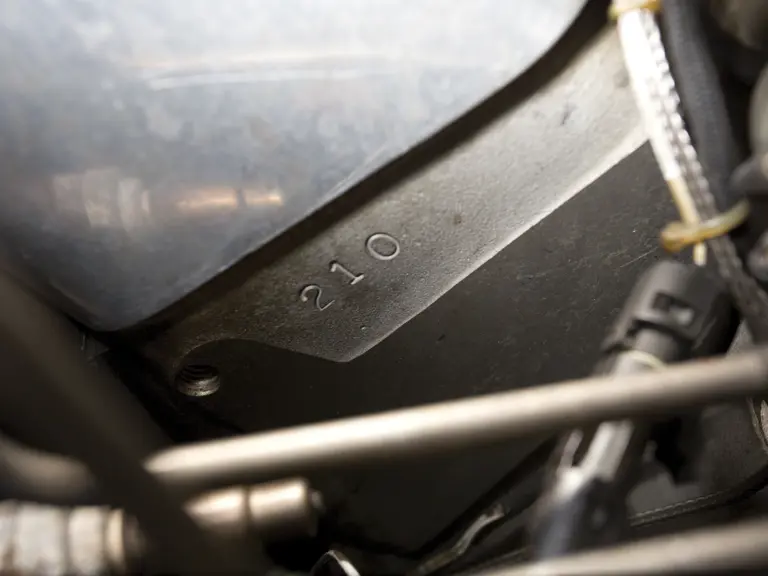
 | Monterey, California
| Monterey, California
